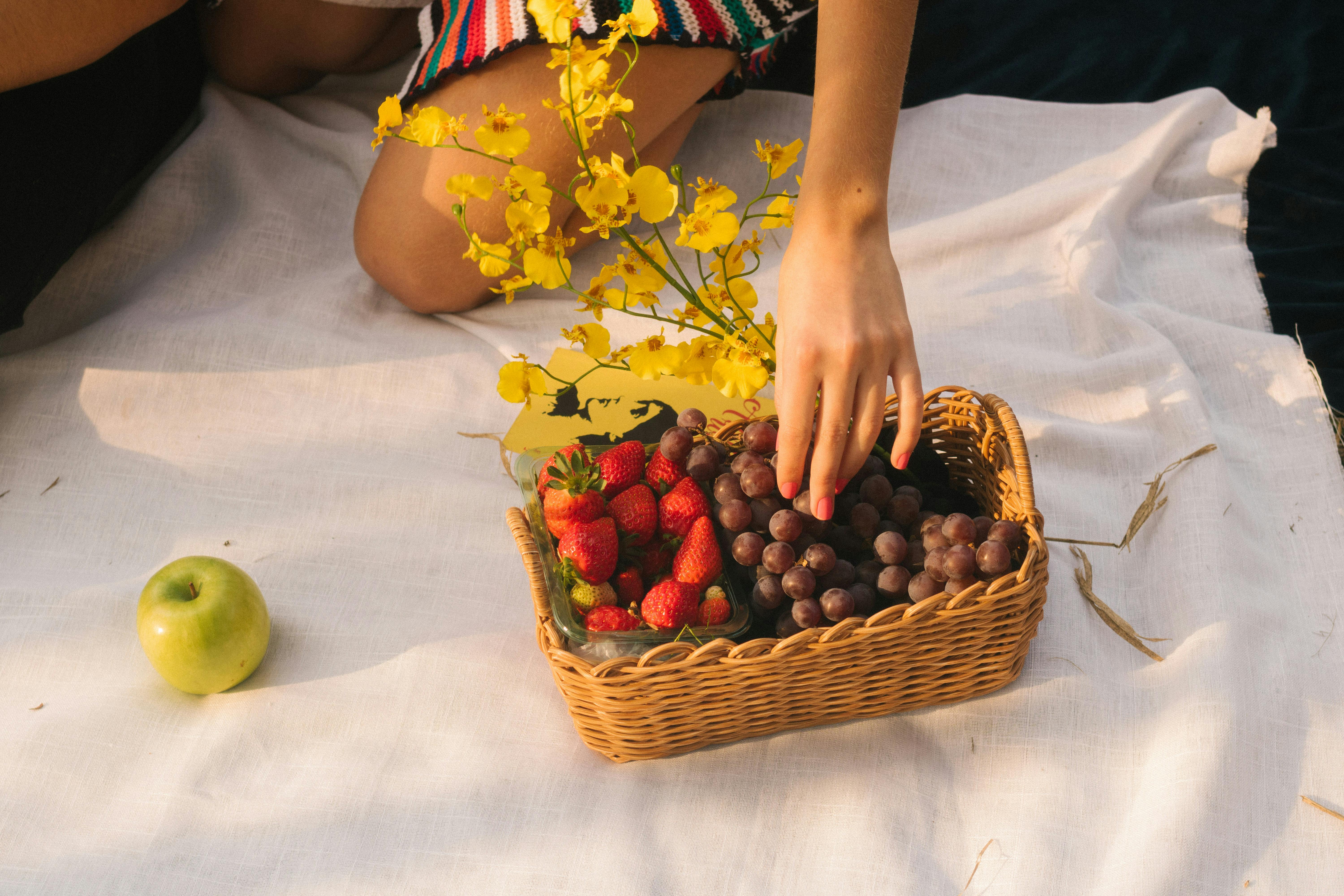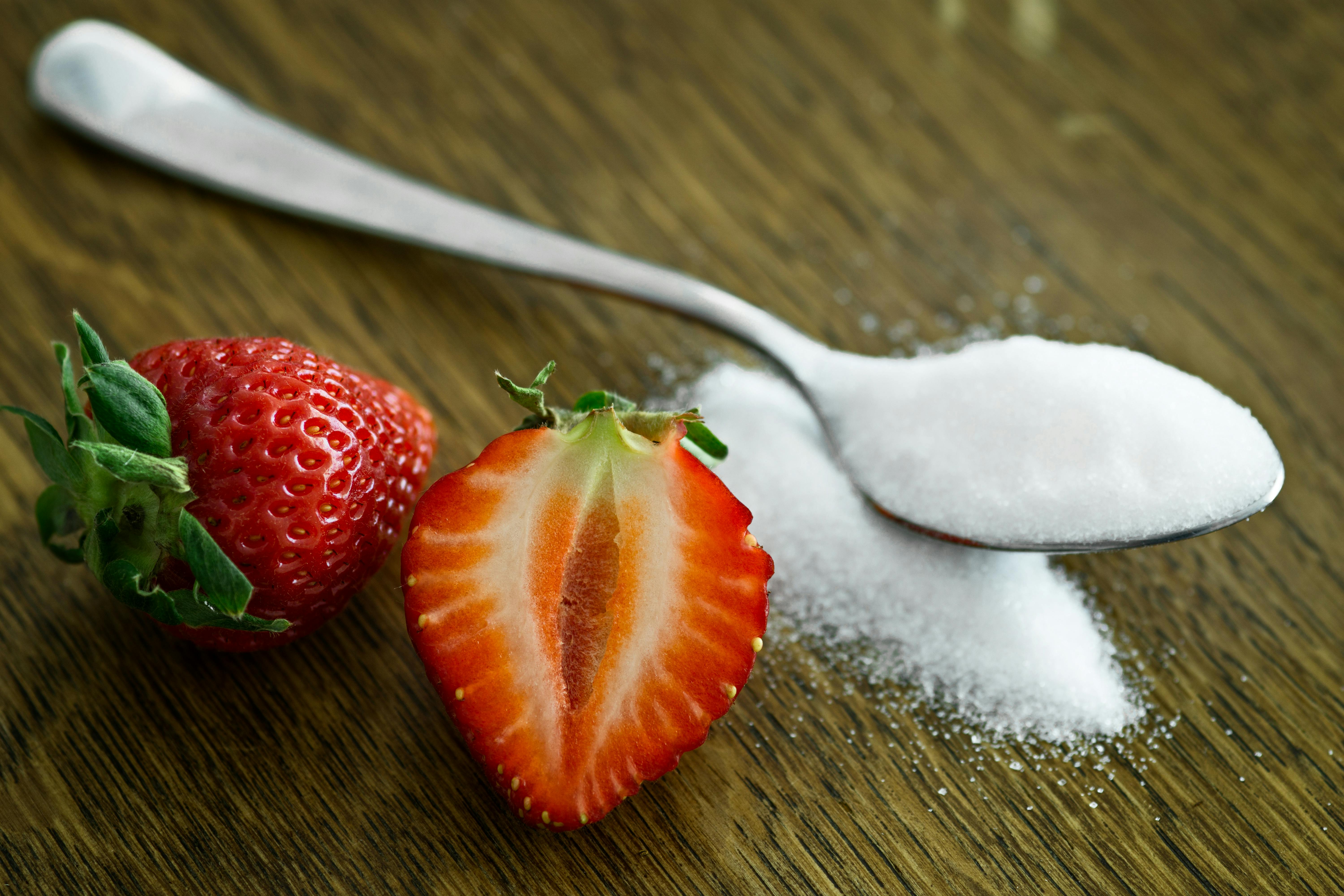Growing strawberries in guttering is an easy and productive way to grow your own delicious fruit. Guttering is a great environment for growing strawberries as it gives good drainage, keeps the plants off the ground and makes harvesting easier. Strawberries are an excellent crop for beginner gardeners and they can be grown all year round. With the right preparation and care, you can be enjoying your own sweet, juicy strawberries in no time. In this guide, we will explain how to grow strawberries in guttering step-by-step.In order to successfully grow strawberries in guttering, you will need the following items: guttering of the appropriate length for your chosen space, a strawberry planter that fits inside the guttering, potting soil, soil amendments (such as compost), and strawberry plants. Additionally, you may want to have a water source nearby and a watering can or hose to provide water to your plants.
Preparing the Guttering for Strawberry Growing
When it comes to growing strawberries, one of the most important steps is preparing the guttering for planting. Guttering is an ideal option for strawberry growers because it helps keep the plants off the ground and allows for better drainage and air circulation. It also helps protect the plants from pests and disease. In order to successfully prepare guttering for strawberry growing, there are several steps that need to be taken.
The first step is to make sure that the gutter is in good condition. Look for any signs of damage or wear and tear that could affect its ability to hold soil and water. If it needs to be replaced, do so before planting begins. Once you have checked the condition of the gutter, clean it using a hose or pressure washer. This will help remove any dirt or debris that can interfere with drainage or block air circulation around the plants.
The next step in preparing guttering for strawberry growing is to line it with a weed barrier fabric. This will help prevent weeds from taking over your strawberry patch and competing with your plants for nutrients and water. Once you have added the fabric, fill the gutter with soil up until a few inches below its top edge. Make sure that you use soil specifically designed for strawberries as this will be best suited to their needs.
Finally, if necessary, add some organic matter such as compost or aged manure to enrich the soil before planting your strawberry plants. This will help ensure that they have all the nutrients they need to thrive in their new environment. After these steps have been completed, your guttering should be ready for planting!
Planting Strawberry Plants in Guttering
Strawberry plants can be grown in a variety of places, including guttering. When planting strawberry plants in guttering, it is important to use a container with proper drainage holes. Once the container has been chosen, fill it halfway with potting soil mixed with compost or peat moss. Plant the strawberry plants at least two inches apart and water thoroughly after planting. Place the container in an area that receives full sun for at least six hours a day.
Caring for Strawberry Plants in Guttering
Once the strawberry plants are established, they require regular maintenance to ensure optimal health and production. Water the plants when the top inch of soil is dry and fertilize every three weeks with a fertilizer designed for fruiting plants. Prune off dead leaves and flowers regularly to encourage new growth and remove any weeds that may be competing with your plants for nutrients. Additionally, check for signs of pests or disease and take appropriate action if necessary. Finally, mulch around the base of the containers to help retain moisture and keep weeds away.
With regular care and maintenance, your strawberry plants should produce an abundant harvest of delicious fruits each season!
How to Propagate Strawberries in Guttering
Propagating strawberries in guttering is a great way to enjoy fresh, homegrown strawberries all year round. Guttering is an easy and affordable way to provide strawberries with the ideal growing conditions they need to thrive. Here’s how to propagate strawberries in guttering:
The first step is to gather the necessary materials. You’ll need some guttering, some potting mix, and strawberry seedlings or runners. Make sure that the gutter is clean and free of debris before setting it up.
Next, add a layer of potting mix to the bottom of the gutter and make sure it’s evenly distributed. Then place your strawberry seedlings or runners on top of the potting mix, spacing them evenly apart. Make sure that each seedling or runner has enough room to grow without overcrowding the others.
Once your seedlings or runners are in place, water them thoroughly with a garden hose or watering can. Watering will help promote root growth and healthy plant development. Be careful not to overwater as this can cause root rot and other problems.
Finally, position your gutter in an area that receives plenty of sunlight – at least six hours a day – and ensure that it has proper drainage so excess water can escape easily. That’s it! Now you just need to sit back and watch your strawberry plants grow! With proper care and maintenance, you should have a bumper crop of sweet, juicy strawberries in no time!
How to Mulch the Strawberries in Guttering
Mulching the strawberries in guttering is a great way to protect them from pests and diseases, as well as help keep the soil moist. It also helps prevent weeds from competing with the strawberry plants for nutrients. To mulch your strawberries in guttering, you’ll need some type of material such as straw, hay, or shredded leaves. Start by lining the bottom of the gutter with a layer of material that’s about four inches thick. This will keep the soil from falling through the gaps in the guttering and provide a layer of insulation for your plants. Next, spread a layer of mulch over top of this base layer. The depth should be around three inches, but you can adjust this depending on what type of material you’re using. Finally, water your strawberry plants thoroughly so that they can take advantage of all the benefits that mulching provides.
Mulching helps regulate soil temperature and moisture levels, which is essential for healthy strawberry plants. It also helps suppress weed growth and prevents soil erosion caused by heavy rains or strong winds. In addition to these benefits, it provides a protective barrier against pests such as slugs and snails that can damage your crops. With regular maintenance and some patience, you’ll soon be able to enjoy a bountiful harvest of sweet and juicy strawberries!

Watering Strawberries in Guttering
Watering strawberries in guttering is an effective way to save water and manage your strawberry plants. Guttering is a type of plastic or metal channel that can be used to divert water from a roof or garden area. By using guttering, you can ensure that the water you use for your strawberries is well-distributed and reaches all parts of the plant. Here are some tips for getting the most out of your guttering setup when watering strawberries:
Firstly, make sure that the gutter channels are long enough to reach all parts of your strawberry plants. If the channels are too short, you will need to use a watering can or hose pipe to reach the areas which are not directly underneath the gutter. Secondly, ensure that the gutter is sloped correctly so that water will flow evenly throughout it and not pool in one area. Finally, make sure there is adequate drainage at either end of the gutter so that excess water can escape.
Once you have installed your gutter system, it’s important to check it regularly for any blockages or damage. If there are any problems with your setup, it’s best to address them as soon as possible before they cause further damage or impede the flow of water through the system. Additionally, if your soil is particularly dry, you may need to supplement your watering with additional irrigation systems such as drip lines or sprinklers.
Guttering is an excellent way to conserve water and promote healthy growth in your strawberry plants. By following these simple steps you can ensure that your strawberry plants get all the moisture they need without wasting any precious resources.
Fertilizing Strawberries in Guttering
Fertilizing strawberries in guttering is a great way to maximize your yield while using minimal space. It is also an easy way to keep your garden area neat and tidy. When fertilizing strawberries in guttering, it is important to use the right amount of fertilizer, as too much can damage the plants. The best way to ensure that you are applying the correct amount of fertilizer is to consult with an expert or read up on the subject. Additionally, it is important to choose the right type of fertilizer for your strawberry plants. Some types are better suited for container gardening than others, so do your research before choosing one.
Once you have chosen the right type of fertilizer for your strawberries, it is time to apply it. Start by measuring out an appropriate amount and then sprinkle it evenly over the soil in your guttering system. Make sure that you don’t over-fertilize, as this can have a negative effect on your plants. Once you have finished applying the fertilizer, water it into the soil thoroughly so that it can be absorbed properly by the roots of your strawberry plants.
When fertilizing strawberries in guttering, it is important to monitor their growth and health closely. Monitor them for signs of pests or disease and take action if necessary. Also make sure that they get enough light and water, as this will help them grow and produce more delicious fruit! With some care and attention, you should be able to enjoy a bountiful harvest from your strawberry plants grown in guttering!
Controlling Insects and Diseases on Strawberries In Guttering
Growing strawberrries in guttering is an efficient and popular way of cultivating the fruit. Unfortunately, it is also a breeding ground for disease and insects that can cause damage to your crop. To protect your strawberries from these pests, it is important to take preventive measures to control their spread.
Here are some tips on how to control insects and diseases on strawberries in guttering:
1. Start with healthy plants: To prevent pests from invading your strawberry patch, start with healthy plants. Make sure the varieties you choose are suited for your local climate and have good disease resistance. Inspect them before planting and discard any that show signs of disease or insect damage.
2. Monitor the plants regularly: Keeping an eye out for signs of pests is essential for successful pest management. Check your plants regularly for signs of insect activity or disease symptoms such as mottling, wilting, discoloration, or stunted growth.
3. Use natural predators: Beneficial insects like ladybugs, lacewings, and predatory mites can help keep populations of pests in check. Planting a variety of flowers near the strawberry patch will attract these beneficial bugs.
4. Use physical barriers: Floating row covers can be used to create a physical barrier between the strawberries and damaging insects such as aphids or thrips. The covers should be placed over the guttering before flowering begins.
5. Apply organic pesticides: If all else fails, you may need to use organic pesticides such as neem oil or insecticidal soap to get rid of troublesome pests. These products are considered safe for use around edible crops but it’s always best to read and follow the instructions carefully.
By following these steps, you can help keep your strawberry patch safe from pests and diseases so you can enjoy a bountiful harvest this year!

Conclusion
Growing strawberries in guttering is a great way to enjoy the sweet taste of fresh strawberries without taking up too much space in your garden. Despite the initial effort of installing the gutter system, it is easy to maintain and will reward you with delicious, juicy berries. When planting strawberries in gutters, make sure you choose a good quality soil and start off with healthy, disease-free plants. You may want to consider adding some organic matter such as compost or manure to increase fertility and help retain moisture. Once established, your strawberry plants will need regular watering and should be checked for pests and diseases regularly. With some care and attention, you can look forward to harvesting your own sweet strawberries year after year.
So why not give it a try? Growing strawberries in gutters is an easy way to maximize a small space while enjoying fresh, homegrown fruit!



